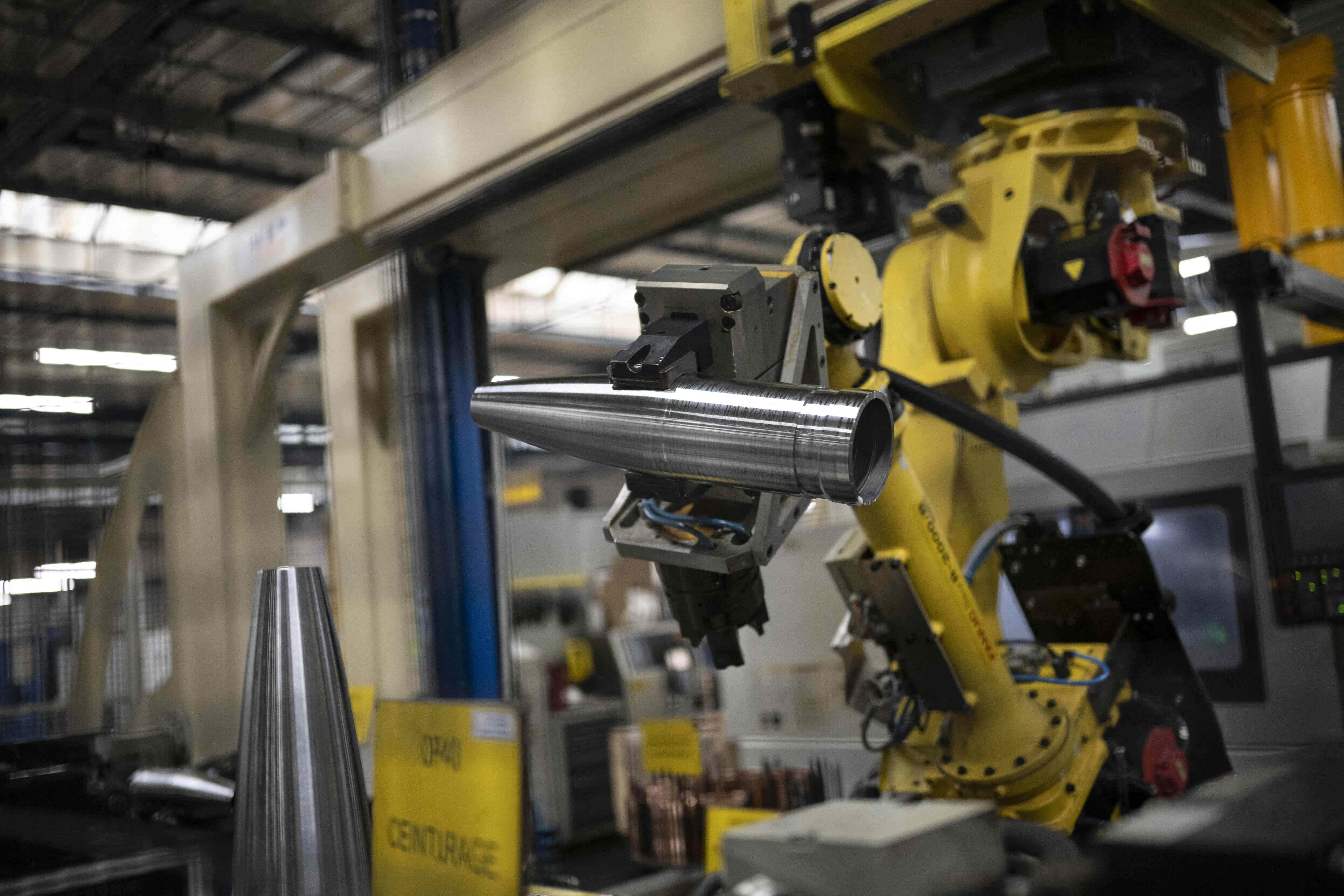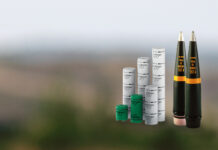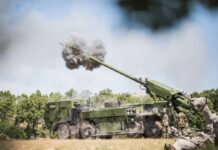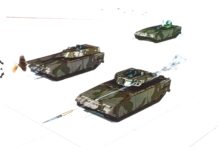
MSPO 2025: KNDS France outlines plan to fulfil Poland’s artillery shell production goal
Peter Felstead
On 1 September 2025, on the eve of Poland’s MSPO defence exhibition, KNDS France outlined its proposal to help Poland meet its stated aim of producing 200,000 155 mm artillery shells per year.
Partnering with Poland’s PGZ and its subsidiaries, KNDS France says that a significant technology transfer deal is at the heart of its proposal, which would allow Poland to achieve its desired 155 mm shell production capacity in less than three years.
“The KNDS France proposal has one clear objective: to enable a broad transfer of know-how to the Polish industry,” the company stated. “The model would place PGZ and its subsidiaries (Mesko, Nitro-Chem, Dezamet, Gamrat) at the heart of the offer, focusing on strengthening existing capabilities rather than proposing an ex-nihilo solution. KNDS France therefore foresees a rapid upskilling of the local industrial fabric, from staff training to the installation of additional machine tools, while ensuring immediate operational production capacity through the supply of raw materials, such as shell bodies.”
Setting out the context for the proposal, KNDS France stated, “The instability across the European continent and the new security architecture it entails compel the EU27 to strengthen their defence industry, in a logic of strategic autonomy and reinforced intracommunity partnerships.”
Noting that over the past three years (ie since the start of the Ukraine War) its has adopted a war-economy posture and tripled its large-calibre munition production capacity, KND France stated, “In this context, KNDS is ready to support Poland, which has expressed the requirement to produce up to 200,000 155 mm shells per year, through a close partnership. For this purpose KNDS France and PGZ, together with its subsidiaries, have been engaged in discussions for the past two years to define the most relevant offer to strengthen the Polish defence industry and enable it to reach the country’s objectives in artillery shell production.”
KNDS France’s LU211 family of 155 mm rounds is at the heart of its Polish proposal.
“Combat-proven in demanding theatres of operation such as Afghanistan, Iraq and Ukraine, the LU211 family of shells has carried out more than 2,500 fire missions in Iraq with the highest level of incident-free firing, delivering over 15,000 rounds during Operation ‘Chammal’, the company stated. “In Ukraine, the high consumption of artillery shells has demonstrated the LU211’s relevance, both for its long-range accuracy and for its superior terminal effect in a high-intensity conflict environment. Deployed on CAESAR systems in theatre since April 2022, the LU211 has proven its worth with several thousand rounds fired per gun by Ukrainian artillery crews.”
LU211 shells can be fitted with a hollow base or a base-bleed kit, with the latter extends their range out to 30 km with NATO-standard 155 mm/39-calibre guns or up to 40 km using 155 mm/52-calibre guns such as those used by the CAESAR and PZH 2000 self-propelled howitzers (SPHs).
KNDS France noted that the LU211 is qualified on the K9 and Krab SPHs in service with the Polish Land Forces, additionally asserting that the LU211 has “the best terminal effect in its class” and “stands as the most advanced 155 mm artillery shell available on the market”.









![Poland’s armed forces modernisation: SITREP Poland expects to buy an additional 180 K2 tanks, with some to be manufactured in Poland. [Polish Army/Piotr Szafarski]](https://euro-sd.com/wp-content/uploads/2025/08/16th-Mechanized-Division-Photo-by-Piotr-Szafarski-Kopie-218x150.jpg)



